北方伟业计量集团有限公司
-
登录 |
-
官方微信 |

-
在线支付 |
- 网站地图
- 产品
- 帖子
- 新闻
- 课堂
- 文库
北方伟业计量集团有限公司
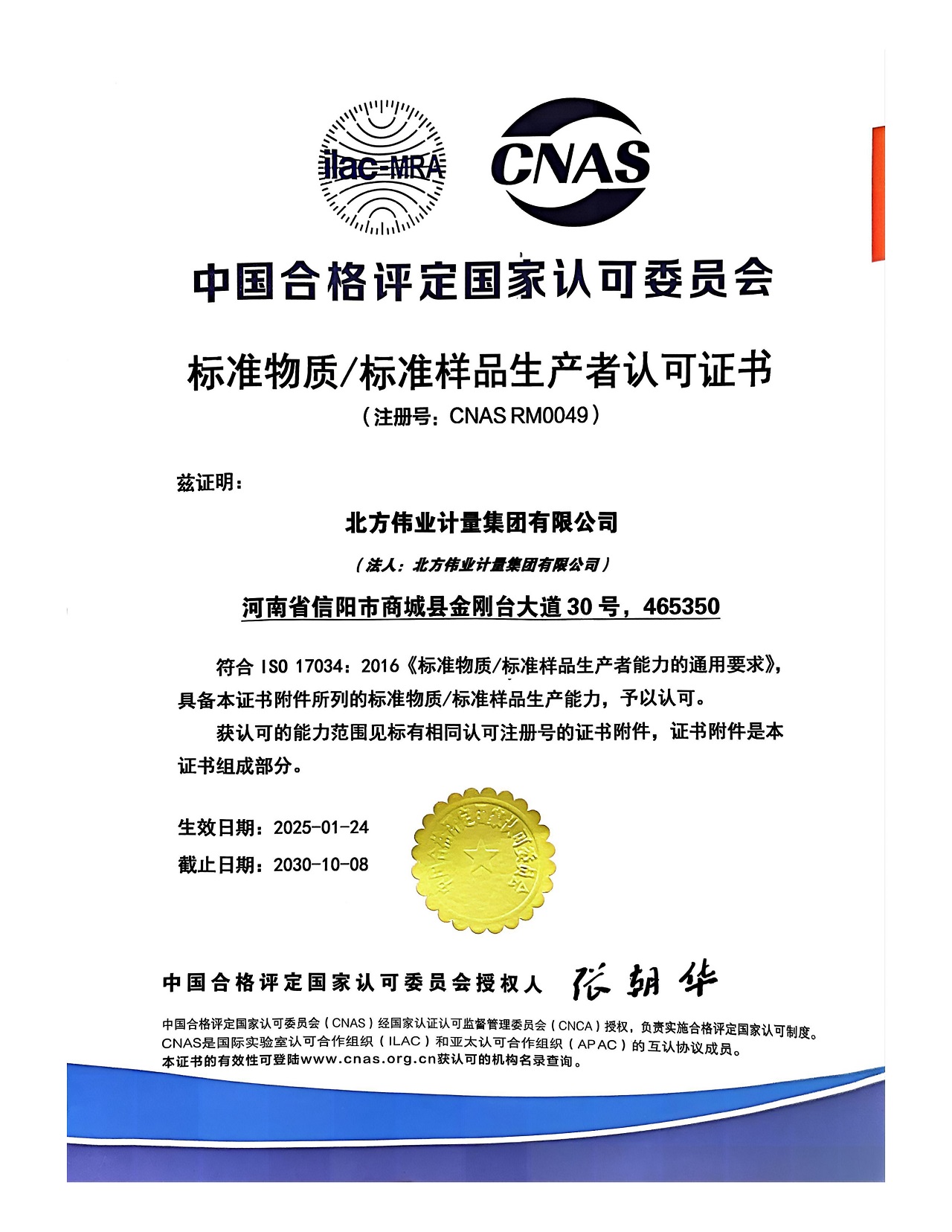
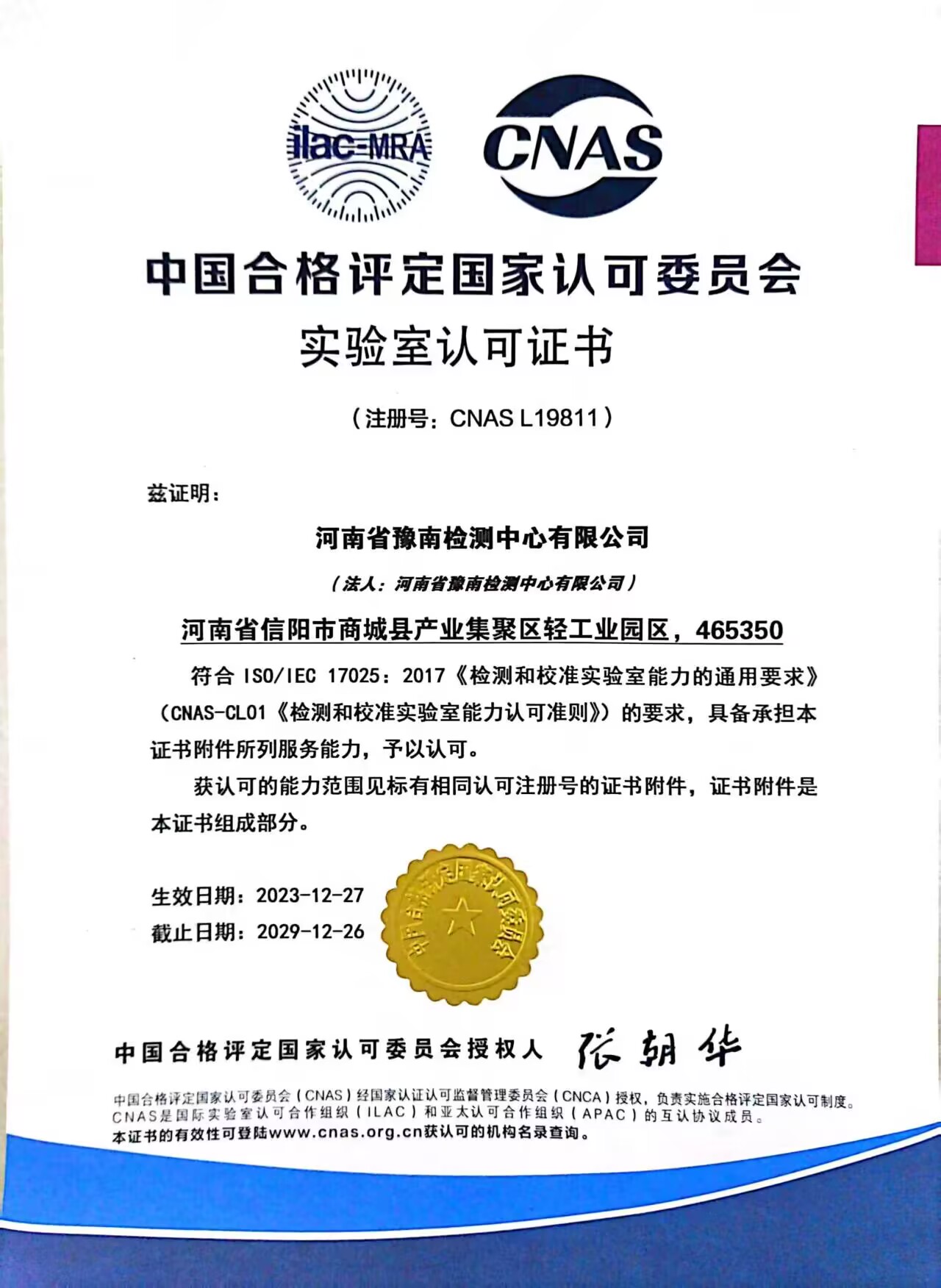
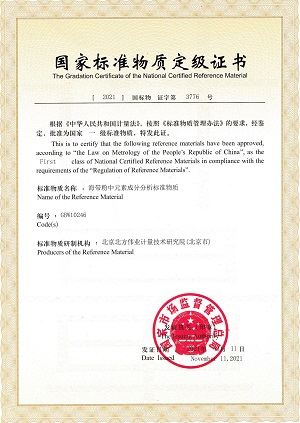
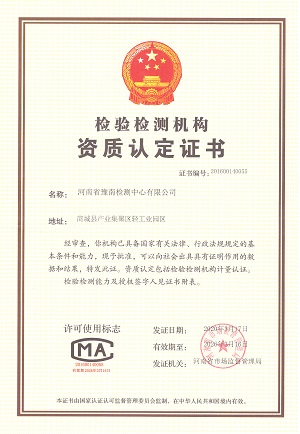
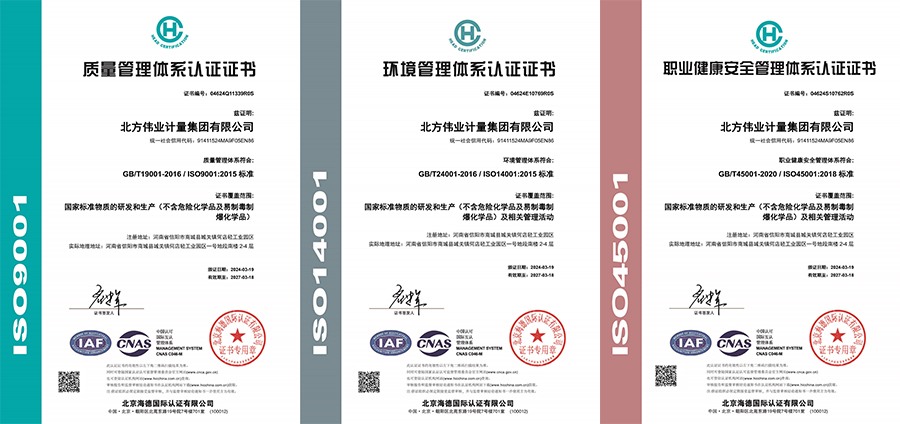

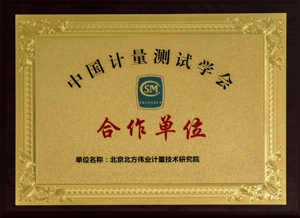

“Lipids are a large and diverse group of naturally occurring organic compounds that are related by their solubility in nonpolar organic solvents (e.g. ether, chloroform, acetone & benzene) and general insolubility in water.” The Lipid Library
国际脂质分类和命名委员会 (International Lipid Classification and Nomenclature Committee) 给出的脂质类化合物定义为: 全部和部分来自基于负碳离子的硫酯缩合(脂肪酰类、甘油脂类、甘油磷脂类、鞘脂类、糖脂类和聚酮化合物)和/或基于正碳离子的异戊二烯缩合(异戊烯醇类和固醇类)的疏水性或两性小分子。
Other neutral lipids: wax esters, free sterols, free fatty acids, diacylglycerol, monoacylglycerol, ceramides, tocopherols, carotenoids Other polar lipids: sterol glucosides, glucosylceramides
根据脂质化学结构的差异分为 8 大类 脂肪酰类(fatty acyls,FA) 甘油酯类( glycerolipids,GL) 甘 油 磷 脂 类( glycerophospholipids,GP) 鞘脂类( sphingolipids,SP) 固醇类(sterol lipids,ST) 异戊烯醇类(prenol liplids,PL) 糖 脂 类( saccharolipids,SL) 聚 酮 类(polyketides,PK) 每一类型的脂质由于极性头基、碳链长度或不饱和度的差异又可形成不同的结构,由此组成种类繁多、性质各异的脂质分子。
常用的脂质提取技术: 液液萃取( LLE):可提取出较为全面的脂质分子,适用于非靶向全脂分析 应用广泛。 固相萃取( SPE):样品经过分离和富集步骤,进一步除去干扰物质,提高被分析物的浓度,更适用于某一类或某几类脂质分子的靶向代谢组学分析。
全脂质 化合物的最常用提取方法是 Folch 等提出的氯仿甲醇提取法, 固相萃取( SPME)、微波辅助提取( MAE)、超临界流体萃取( SFE) 和加压流体萃取(PFE) 等技术来处理脂类样品 目前脂类化合物分析中样品处理还是多用传统的液液萃取方法,因为这些萃取方法对大部分脂类化合物有较好的萃取效率
自动化萃取多用仪器方法,虽然萃取时间可以大为缩短,但对不同脂类化合物的普适性还有待提高,这方面仍然需要进一步研究。
脂质组学分析中应用最多的 LLE 方法有 3种:Folch 法、Bligh-Dyer 法 和 Matyash 法。 Folch 法使用氯仿-甲醇-水(8 :4 :3,v / v / v)混合溶剂对生物样品进行全脂提取; Bligh-Dyer 法在上述方法的基础上进行了改进,使用相同溶剂体系但不同体积比(2 :2 :1. 8),以此减少溶剂用量,缩短提取时间,并且还可减少有毒试剂氯仿的使用。 Carlson用二氯甲烷替代氯仿进行血清和组织的脂质萃取。 上述方法在进行脂质提取时,含有脂质的有机相位于两相溶液的下层,无论是直接移取下层溶液还是去除上层液体,都面临可能造成溶液污染或样品损失的问题。 Matyash法使用低密度的 甲 醇-甲 基 叔 丁 基 醚( MTBE) 与甲醇和 水组成的混合溶液(10 : 3 : 2. 5,v / v / v)作为萃取溶剂
目前前主要采用各种色谱技术, 包括薄层色谱(TLC)法、气相色谱(GC)法、毛细管电泳(CE)法、超临界流体色谱(SFC)法、高效液相色谱(HPLC) 法、质谱成像(MSI)法和各种质谱(MS)技术,以及色谱⁃质谱联用技术。 核磁共振(NMR)、红外光谱和拉曼光谱用得较少,主要原因是这些技术的分离能力有限,对脂类化合物的检测灵敏度尚不能令人满意, 且定性能力也不强。
Choroform/Methanol method For soft tissue samples up to 0.5 g fresh weight (approx. 30 mg dry weight) 1. Cover sample with 3 mL preheated isopropanol. Cap and heat at 75°C for 15 min. Cool to room temperature. 2. Add 1.5 mL chloroform and 0.6 mL water. 3. Incubate with shaking for 1 hr. 4. After transferring lipid extract to a fresh tube, reextract tissue with 4 mL chloroform:methanol (2:1 v/v). 5. Repeat step 4 until tissue is white. 6. To combined lipid extracts from steps 4 and 5, add 1 mL 1M KCl. Vortex, centrifuge, and dicard upper phase. 7. To lower phase from step 6, add 2 mL water. Vortex, centrifuge, and discard upper phase.
Hexane/Isopropanol method For up to 1 g fresh weight 1. Add 8 volumes isopropanol (v/w) to sample. Cap and heat at 80°C for 5 min. Cool to room temperature. 2. Add 12 v/w of hexane. 3. Homogenize (mortar and pestle, polytron, or other suitable equipment). 4. Briefl centrifuge to facilitate separation of lipid extract from tissue. 5. Transfer the upper phase (hexane:isopropanol-containing lipids) to another tube. 6. For complete recovery, re-extract the pellet with hexane:isopropanol (7:2) and combine extracts with upper phase from step 5. 7. If less contamination of the extract is required, partition the hexane:isopropanol with Na2SO4 as described by Hara and Radin (1978) or Y.H. Li et al. (2006).
Modified Bligh and Dyer (1959) protocol for lipid extraction from Arabidopsis leaves. 1. Put frozen plant material (snap-frozen in liquid nitrogen and stored in –80°C, put back in liquid nitrogen prior to extraction) in a glass homogenizer 2. Add 3.75 mL MeOH: CHCl3 (2:1, v/v). 3. Add 1mL 1mM EDTA in 0.15M HAc (acetic acid). 4. Homogenize carefully. 5. Transfer to a fresh glass tube with screw cap (cap with tefln rubber inside). 6. Rinse homogenizer with 1.25 mL CHCl3; transfer to the glass tube. 7. To the glass tube, add 1.25 mL 0.88% (w/v) KCl. 8. Vortex carefully. 9. Centrifuge appr. 3000 rpm for 2 min. 10. Transfer lipid (CHCl3-) phase (lower phase) with a Pasteur pipette to a fresh glass tube, store in freezer –20°C.
A direct acid-catalyzed transmethylation protocol. 1. Place up to 50 mg tissue in a Tefln-lined screw capped glass tube. 2. Add 1 mL of 2.5 % H2SO4 (v/v) in methanol (freshly prepared). 3. Heat at 80°C for 1 h. 4. Cool to room temperature. 5. Add 500 µL of pentane followed by 1.5 mL 0.9% NaCl (w/v) to extract fatty acid methyl esters (FAME). 6. Shake vigorously and then briefly centrifuge to facilitate phase separation. 7. Transfer some of the upper phase (pentane-containing FAME) to an injection vial. Concentrate with stream of nitrogen if necessary for GC sensitivity. 8. Run GC with a flame ionization detector (FID) on a polar column such as Econo-Cap™ EC™-WAX capillary column (15 m long, 0.53 mm i. d., 1.20 µm film, Alltech Associates, Deerfild, Ill.). 9. Typical GC conditions—split or splitless mode injection, injector, and flme ionization detector temperature, 250°C; oven temperature program—160°C for 1 min, 40°C min–1 to 190°C, 4°C min–1 to 230°C, holding this temperature for 4 min.
A whole seed acid-catalyzed transmethylation protocol. 1. Count 20 seeds and add them to a Tefln-lined screw-capped glass tube. 2. Add 1 mL 5% H2SO4 (v/v) in methanol (freshly prepared), 50 µg BHT, 20 µg C17:0 TAG (triheptadecanoin) as internal standard, and 300 µL of toluene as cosolvent. 3. Vortex vigorously for 30 s. 4. Heat at 85° to 90°C for 1.5 h. Cool to room temperature. 5. Add 1.5 mL 0.9% NaCl (w/v) and add 1 mL of hexane to extract FAME. 6. Mix well (vortex) and then centrifuge briefly to facilitate phase separation. 7. Transfer the upper organic phase (hexane-containing FAME) to a new tube. 8. Evaporate the extracts under a stream of nitrogen. 9. Redissolve in 50 µL of hexane (vortex well). 10. Run GC with a flame ionization detector on a polar column–like DB23 (30 m by 0.25 mm i.d., 0.25 µm fim; J&W Scientifi, Folsom, CA). 11. The GC conditions were as follows: split mode injection (1:40); injector and flame ionization detector temperature, 260°C; oven temperature program 150°C for 3 min, then increasing at 10°C min–1 to 240°C and holding this temperature for 5 min.
1. Begin lipid extraction by harvesting 30 mg 4-week-old Arabidopsis leaves from plants grown on agar solidified medium or soil and transfer them into 1.5 mL polypropylene reaction tubes. Fresh leaves can be flash frozen in liquid nitrogen and stored at -80 °C. 2. Add 300 μL extraction solvent composed of methanol, chloroform and formic acid (20:10:1, v/v/v) to each sample. Shake vigorously (using a paint shaker or similar) for 5 minutes. 3. Add 150 μL of 0.2 M phosphoric acid (H3PO4), 1 M potassium chloride (KCl) and vortex briefly. 4. Centrifuge at 13,000xg at room temperature for 1 minute. Lipids dissolved in the lower chloroform phase will be spotted onto TLC plates.
1. To prepare TLC plates, submerge a 20cmx20cm silica gel coated TLC plate with loading strip for 30 sec into 0.15 M ammonium sulfate ((NH4)2SO4) solution, After submerging for 30 seconds, dry the plate for at least 2 days in a covered container. During activation the sublimation of ammonium leaves behind sulfuric acid, which protonates phosphatidylglycerol necessary for its separation from other glycerolipids. 2. On the day of experiment, activate TLC plates by baking in an oven at 120 °C for 2.5 hours. 3. After cooling down the activated plates to room temperature, use a pencil to draw a straight line (1.5 cm from the edge of the plate) across the plate at the origin of the chromatogram. 4. In a fume hood, slowly deliver 3 X 20 μL of lipid extract in the lower chloroform phase using a 20 μL pipette with 200 μL yellow plastic tips under a slow stream of N2. For this purpose, a Tygon Tubing is connected to the regulator of the N2 tank. Keep the spot smaller than 1 cm in diameter. Each plate can hold up to 10 samples (when subsequent GLC analysis is planned).
5. As the lipid spots completely dry in the fume hood, prepare the developing solvent composed of acetone, toluene, water (91 mL: 30 mL: 7.5 mL). If the ambient relative air humidity is high, separation could be affected. In this case water should be reduced to give (91 mL: 30 mL: 7.0 mL) to achieve the desired separation. 6. Pour 80 mL developing solvent into a sealable TLC developing chamber (L: H: W=27.0: 26.5: 7.0, cm/cm/cm) and place the plate into the tank with the sample end facing down. Seal the tank using the clamp. The solvent will ascend the plate and lipids will be separated. The development time is approximately 50 minutes at room temperature. 7. When the solvent front has reached 1 cm from the top of the plate, carefully remove the plate from the tank and dry completely in the fume hood for approximately 10 minutes. 8. Lipids separated by TLC can be either reversibly stained briefly with iodine for quantitative analysis or irreversibly stained with sulfuric acid or α-naphthol.
下载文档到电脑,使用更方便
0 积分
通话对您免费,请放心接听
温馨提示:
1.手机直接输入,座机前请加区号 如13803766220,010-58103678
2.我们将根据您提供的电话号码,立即回电,请注意接听
3.因为您是被叫方,通话对您免费,请放心接听
